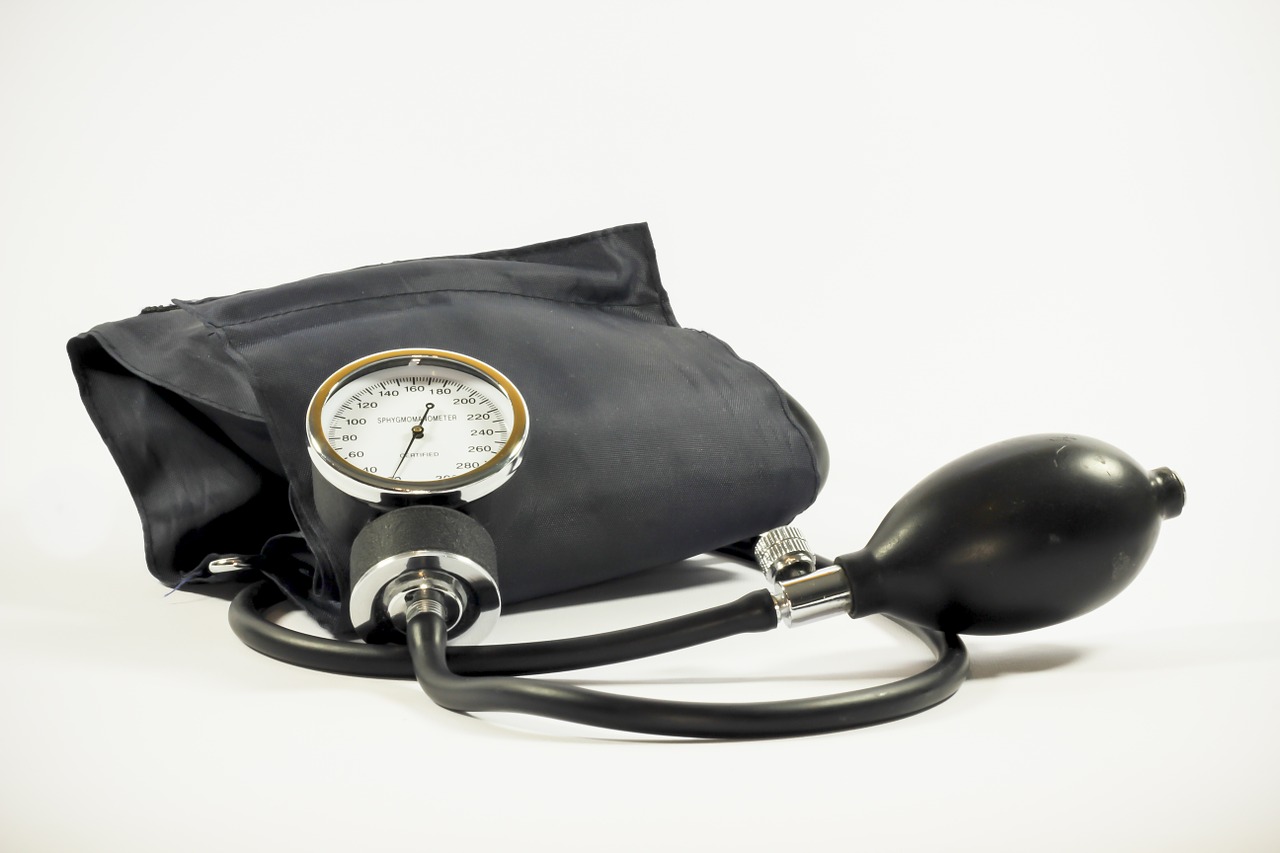Dangers of High Blood Pressure
 February is National Heart Health Month, and today’s post is about one of the primary risk factors for heart disease: high blood pressure.
February is National Heart Health Month, and today’s post is about one of the primary risk factors for heart disease: high blood pressure.
Heart Disease in the United States
According to the CDC, more than 600,000 people die of heart disease in the U.S. each year. That’s one out of every four deaths, making it the leading killer of both men and women. Each year, 734,000 Americans have a heart attack. High blood pressure, high cholesterol, and smoking are the three biggest risk factors for heart disease, and nearly half of Americans have one of these risk factors.
High Blood Pressure
High blood pressure, or hypertension, is a condition in which your resting blood pressure is consistently measured at 140/90 or greater. Nearly 1 in 3 adults in the United States has high blood pressure.
What is High Blood Pressure?
Each time the heart beats, it pumps blood into the arteries. Blood pressure is highest when the heart beats (called systolic pressure) and lowest when the heart is at rest (diastolic pressure). This is why blood pressure is always given as two numbers, such as 120/80, which is considered the normal range.
Once the level reaches 140/90 or above, it is considered high. With this condition, the heart and arteries have to work harder, and the chances of having a stroke, heart attack or kidney problems increases.
Causes and Risk Factors
Research has shown that the following factors put you at a higher risk for developing high blood pressure:
- Being obese or overweight
- Being of African descent
- If male, being over age 45; if female, being over age 55
- A family history of hypertension
- Having prehypertension (blood pressure in the 120-139/80-89 range)
- Eating an unhealthy diet that is high in sodium and low in potassium
- Drinking too much alcohol
- Being physically inactive
- Having ongoing stress
- Smoking and second-hand smoke
In 5 to 10 percent of cases, hypertension is caused by a pre-existing condition, such as a kidney abnormality or a structural abnormality of the aorta. This type of high blood pressure is known as secondary hypertension, because another medical issue was present first.
Symptoms
People may have high blood pressure for years without knowing, due to its lack of early symptoms. One way to find out if you have the disease is to have routine blood pressure checks during visits with your doctor. Many people believe that high blood pressure is accompanied by symptoms such as:
- Excessive sweating
- Nervousness
- Facial flushing
- Headaches
- Nosebleeds
But high blood pressure is usually a symptomless “silent killer.” If you wait until symptoms develop to get your blood pressure checked, you could be playing a dangerous game with your health.
The Importance of Treatment
The first and best course of action when high blood pressure is discovered is to change your diet and exercise habits. However, sometimes even when a person makes healthy changes, blood pressure remains high. In those cases, a physician can prescribe a blood pressure medication.
If left untreated, high blood pressure can cause the serious medical issues, such as:
- Enlarging of the heart, which can lead to heart failure
- Aneurysms in the arteries of the heart, brain, legs, intestines or spleen
- Narrowing of the blood vessels in the kidney, leading to kidney failure
- Hardening of the arteries, which can cause a heart attack, stroke or kidney failure
- Blood vessels bursting in the eyes
Prevention
High blood pressure can be easily prevented in some cases. Below are some of the steps you can take to avoid hypertension:
- Limit salt, fat and alcohol intake.
- Eat healthy foods such as fruits, vegetables, whole grains and low-fat dairy products.
- Maintain a healthy weight and exercise regularly.
- Quit smoking.
- Reduce your stress.
By living a healthier lifestyle and getting regular blood pressure checks during preventive care visits with your doctor, you can help prevent hypertension and improve your overall health.
